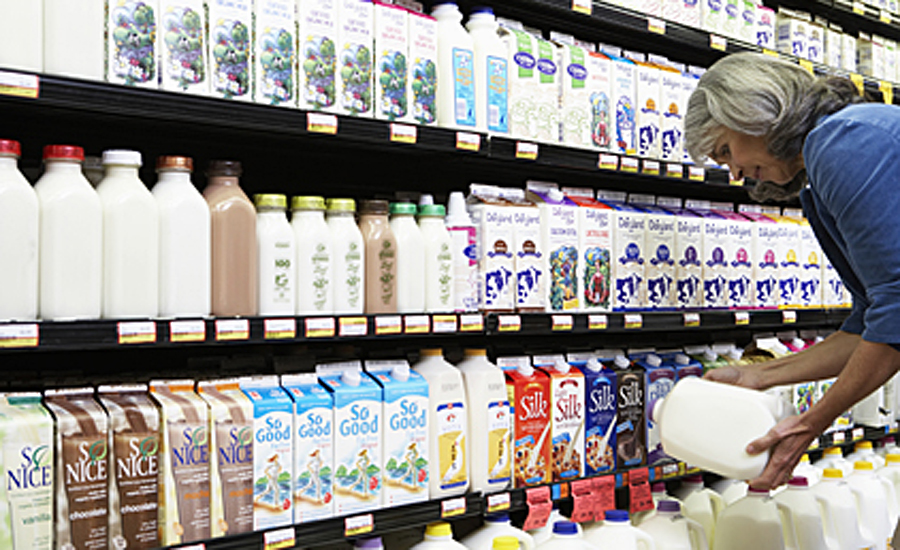A new report provides the consumer goods sector with solutions to reduce the cost of unsaleable goods, or products that cannot be sold due to their condition.
The “Collaborative Strategies to Reduce Unsaleables,” completed by CHEP, Alpharetta, Ga., for the Trading Partner Alliance (TPA), an industry affairs leadership group formed by the Food Marketing Institute (FMI), Arlington, Va., and the Grocery Manufacturers Association (GMA), Washington, D.C., ranks solutions with a track record of success and provides implementation guidance.
“Reducing unsaleable goods is a priority for retailers, manufacturers and their suppliers,” says Daniel Triot, senior director at TPA. “This report effectively documents the causes of unsaleable goods, and provides trading partners with clear instruction for reducing them and the impact they have on efficiency, sustainability and profitability.”
The recommendations are based on a year-long analysis predicated on dozens of interviews with industry experts conducted by CHEP for the TPA Joint Industry Unsaleables Leadership Team (JIULT). The study captured and analyzed 48 unsaleable goods reduction strategies and placed them into seven categories based on frequency of use and impact:
- Planning and review.
- Collaborative shelf-life management.
- Testing package and unit load performance.
- Package labeling.
- Receiving and warehousing.
- Sharing UPC and POS level data.
- Product rotation and display.
Recommendations in the report fall into four categories – increase, continue, monitor or ignore – and each is identified as the responsibility of retailers or manufacturers or as a collaborative opportunity.
“We are honored to be selected by the TPA for this project and to be a member of the JIULT,” says Todd Hoff, vice president of marketing and customer solutions at CHEP. “As a collaborative industry team, we can successfully limit the impact of unsaleable goods on both retailers and manufacturers; just a 1% reduction through process improvements would be a collective gain of more than $100 million annually.”






